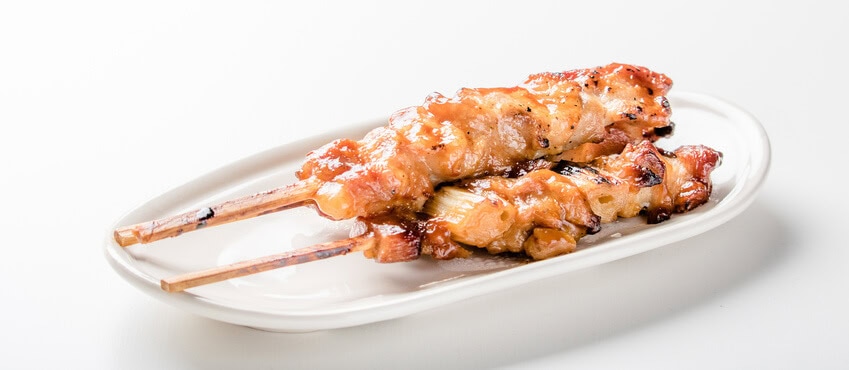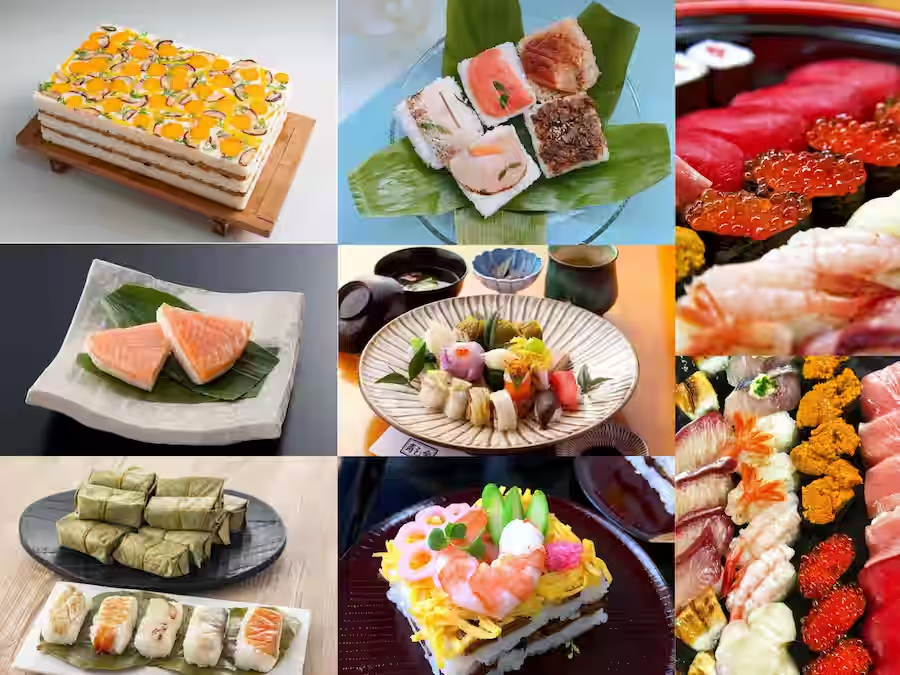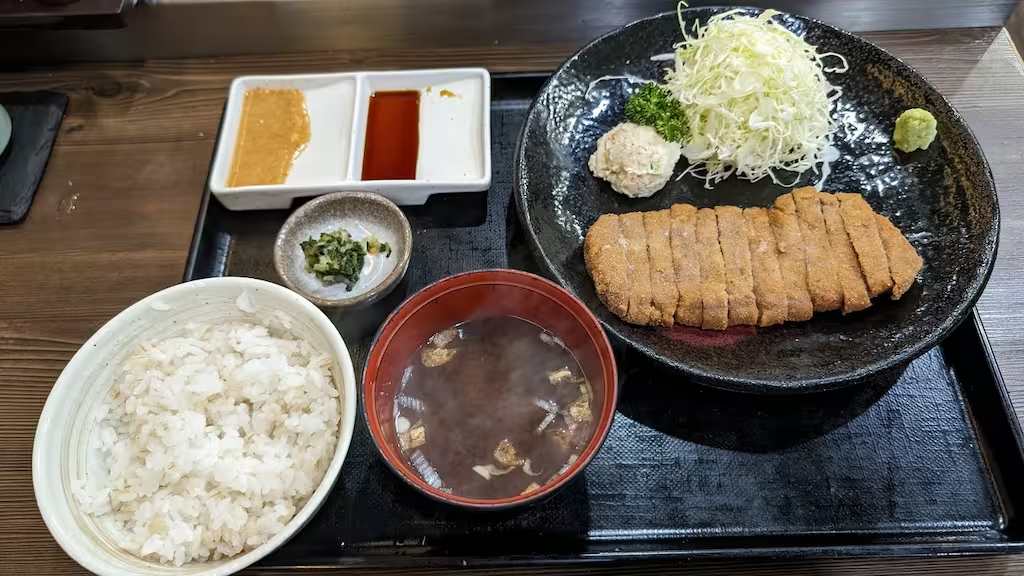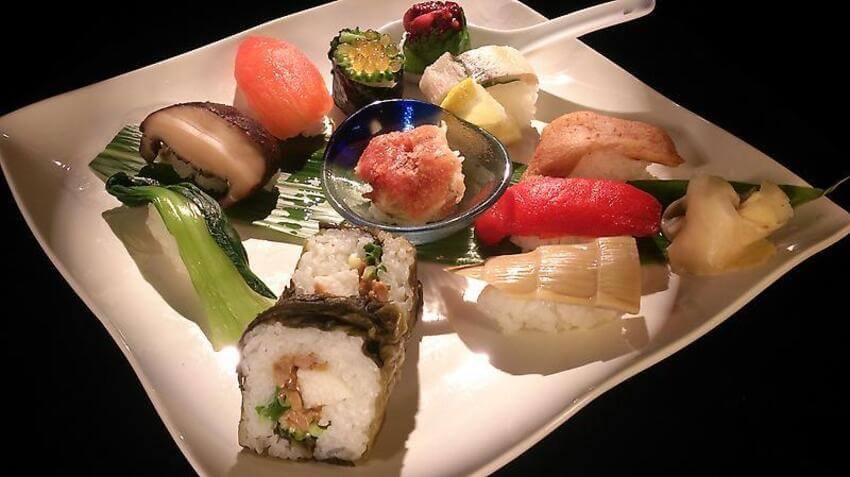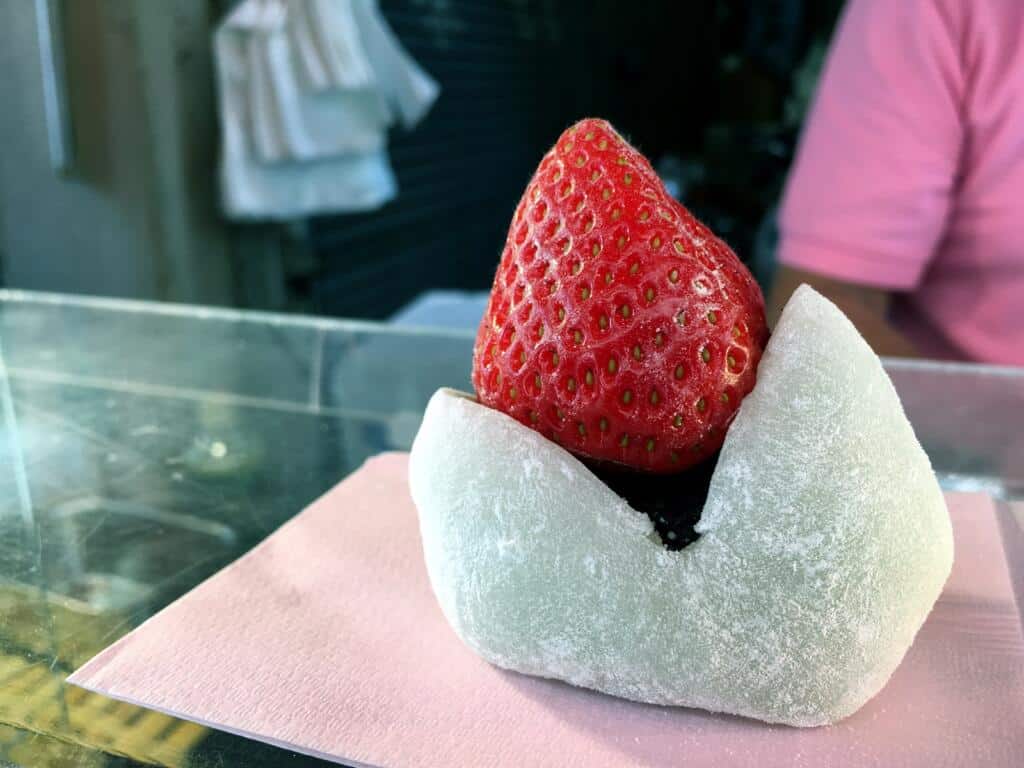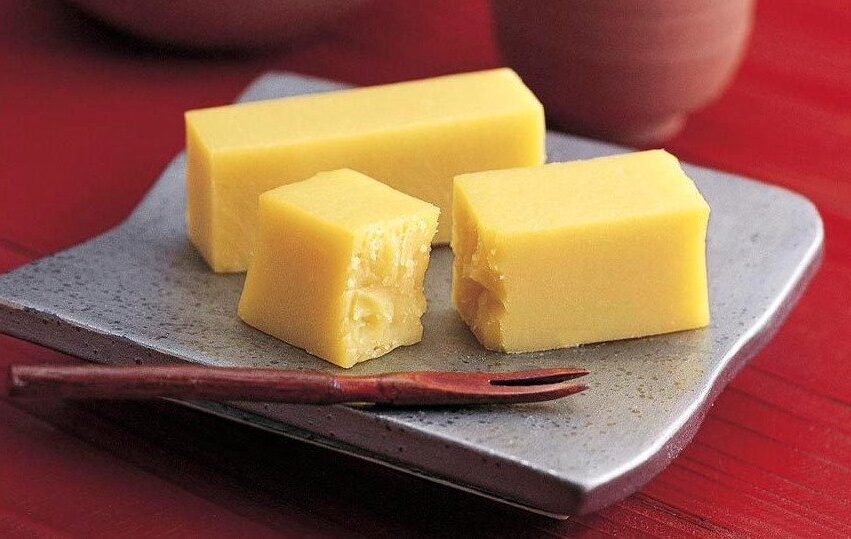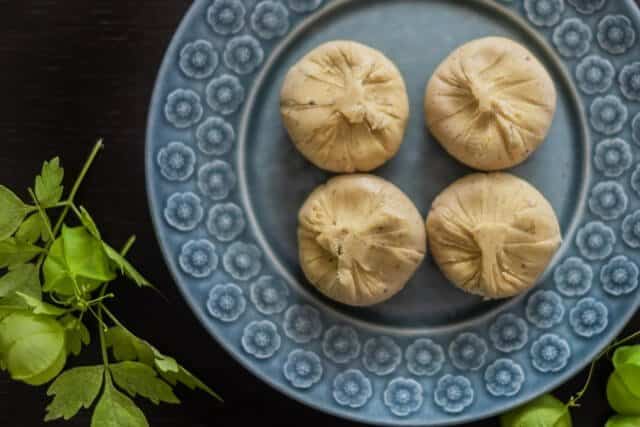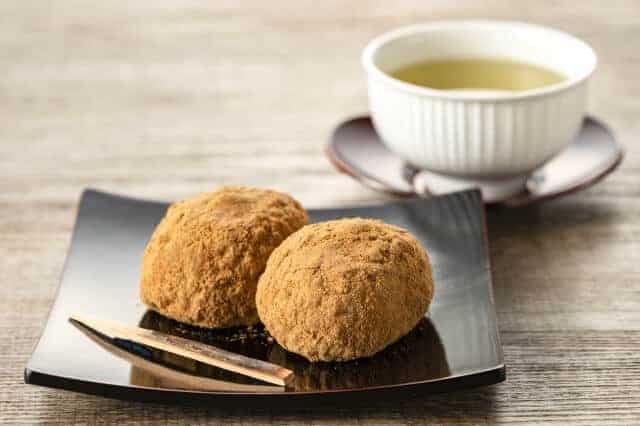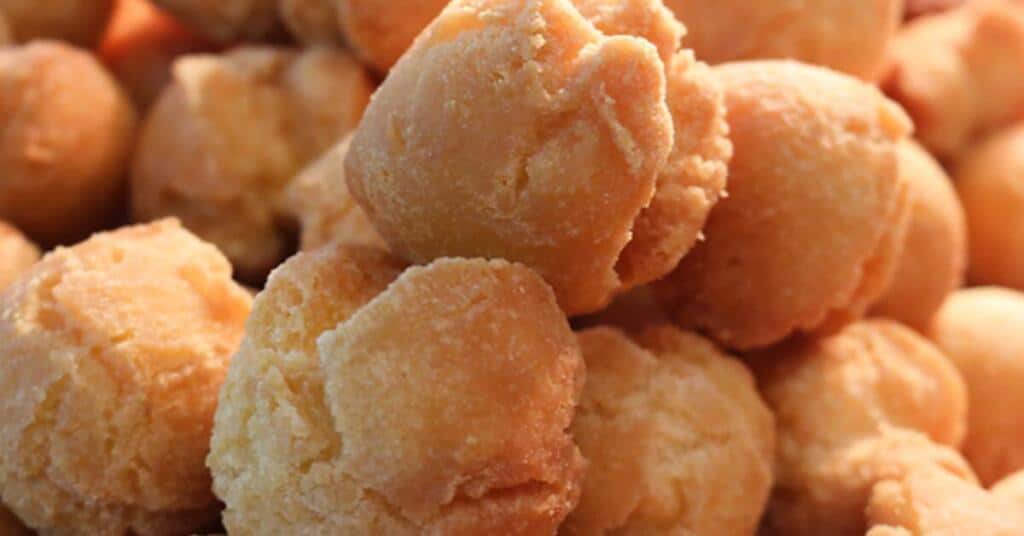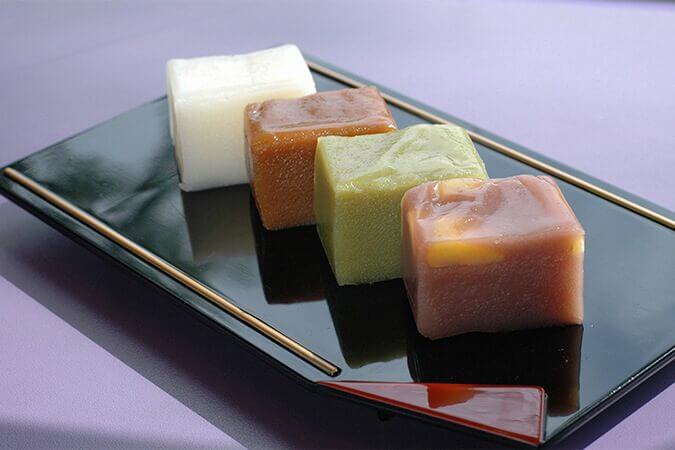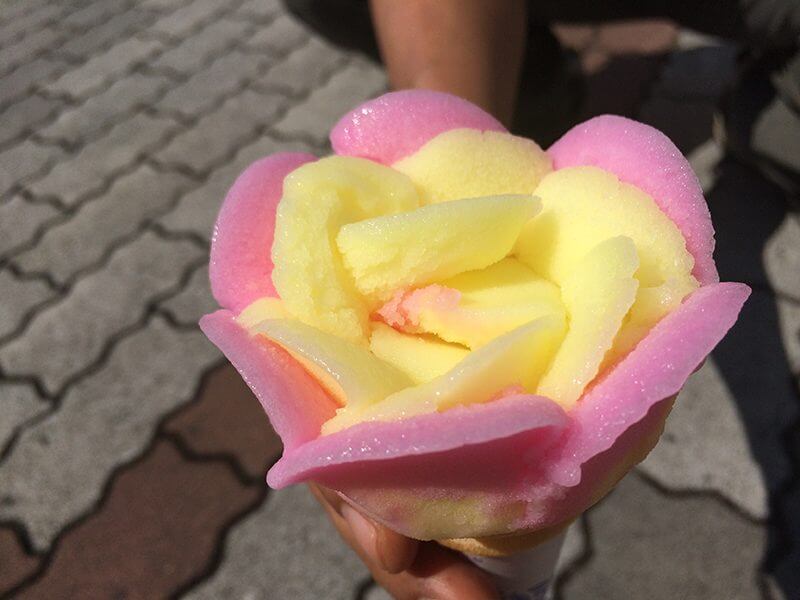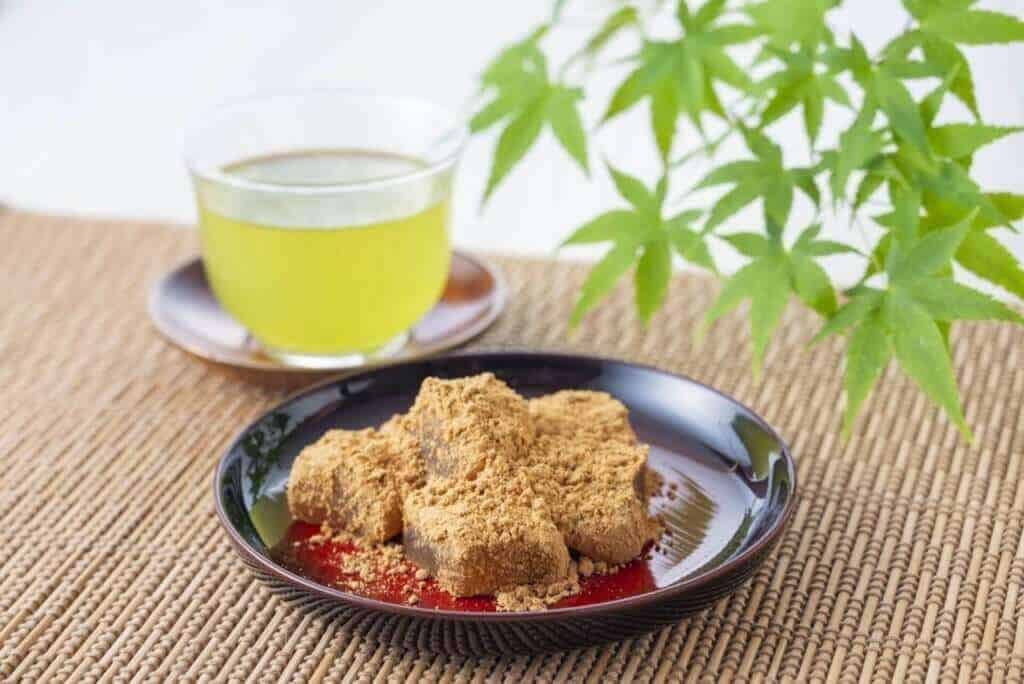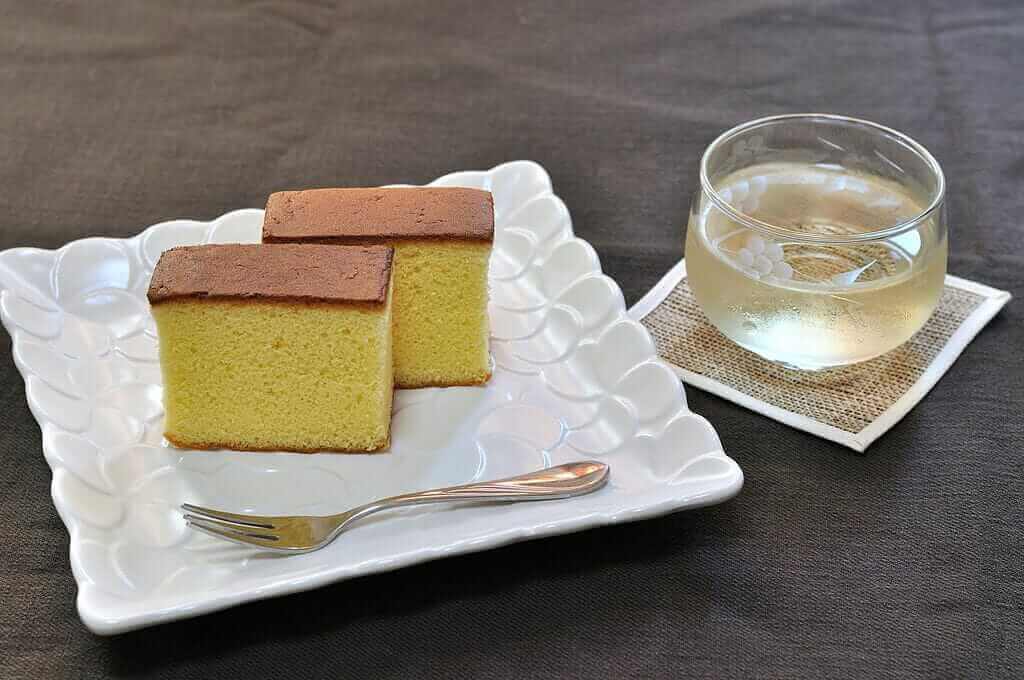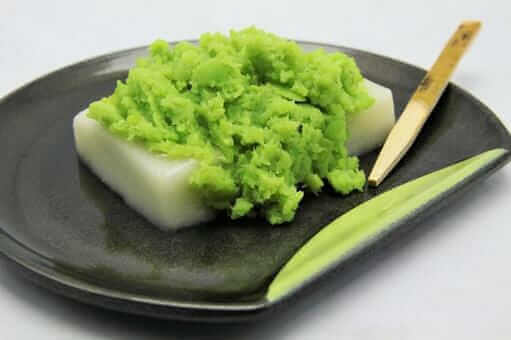japanese sweets– tag –
-

Ichigo Daifuku (いちご大福)
Introduction to Ichigo Daifuku Ichigo daifuku is a very popular spring dessert. It is another type of sweet Japanese snack with strawberry and sweet red bean paste, also known as strawberry mochi. It is one of the most interesting and un... -

Imo Yokan (芋羊羹)
INTRODUCTION TO IMO YOKAN Imo Yokan is a traditional Japanese jelly dessert that has an ingredient of sweet potato and sugar. Additionally, this wagashi is famous in the autumn season. You can get a lot of sweet potatoes, pumpkins, persi... -

KuriKinton (栗きんとん)
Introduction to KuriKinton Are you a fan of eating something healthy but at the same time, sweet? Do you also believe that you can have a bite of autumn taste during New Year? Following Christmas, you can see the entire region of Japan p... -

Ohagi (おはぎ)
Introduction to Ohagi Ohagi is one of the traditional Japanese sweets that locals eat during autumn. Japanese make this by steaming or cooking glutinous rice and pounding it lightly to the extent that half of the grains remain, then they... -

Sata Andagi (サーターアンダギー)
INTRODUCTION TO SATA ANDAGI Now we have other Japanese sweets on the list! Sata Andagi, an Okinawa-style doughnut. Many Okinawan sweets are Chinese-style and they often use it for traditional events. This is also popular in Hawaii, somet... -

Uirō (ういろう)
Introduction to Uirō ういろう Uirō ( ういろう) is a traditional Japanese food. It is a sweet confectionary item with its origin in Nagoya. This has a soft pillowy texture with a bit of QQ factor. Similar to mochi, it consists of glutinou... -

Babahera Ice (ババヘラ)
INTRODUCTION TO BABAHERA ICE Babahera Ice is a type of ice cream that is a local gourmet of Akita in Tohoku prefecture. It is a local cold sweets that is popular with Akita residents and tourists visiting Akita, especially children. It i... -

Warabi Mochi (わらび餅)
Warabi Mochi is a type of Japanese confectionery that originated in Nara Prefecture. It is made from warabi (bracken) starch, water and sugar, and cut into small pieces. Warabi Mochi is usually sprinkled with kinako (roasted soybean flou... -

Castella (カステラ)
INTRODUCTION TO CASTELLA Castella is a Japanese confectionary , which is "wagashi" in Japanese. It’s a simple sponge cake made with flour, eggs, sugar, and starch syrup, and baked in a rectangular mold. Castella was originally introduced... -

Zunda Mochi (ずんだ 餅)
Introduction to Zunda Mochi Zunda Mochi is a traditional Japanese sweet in the Tohoku region, Miyagi prefecture. It is a mochi confectionary and is one of the "three major Sendai specialties." Zunda Mochi uses edamame, a Japanese name fo...
